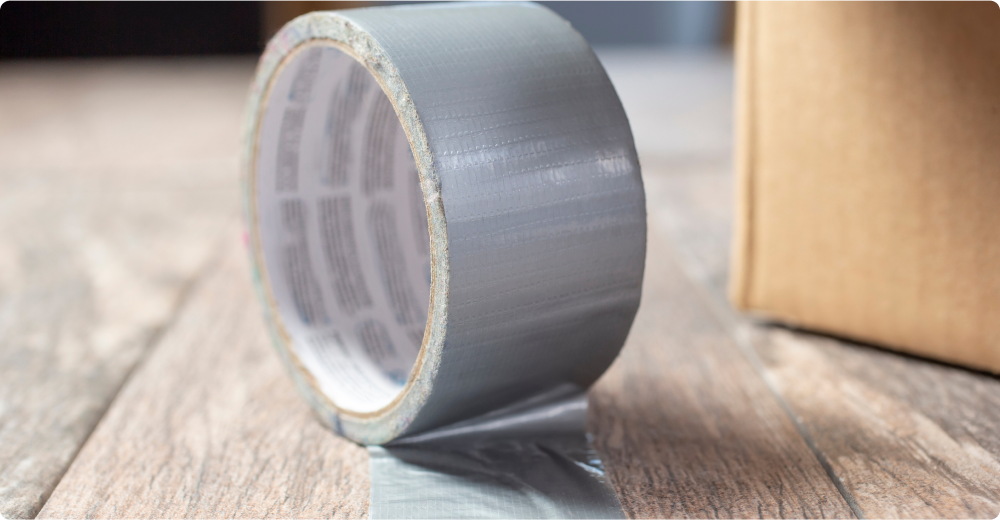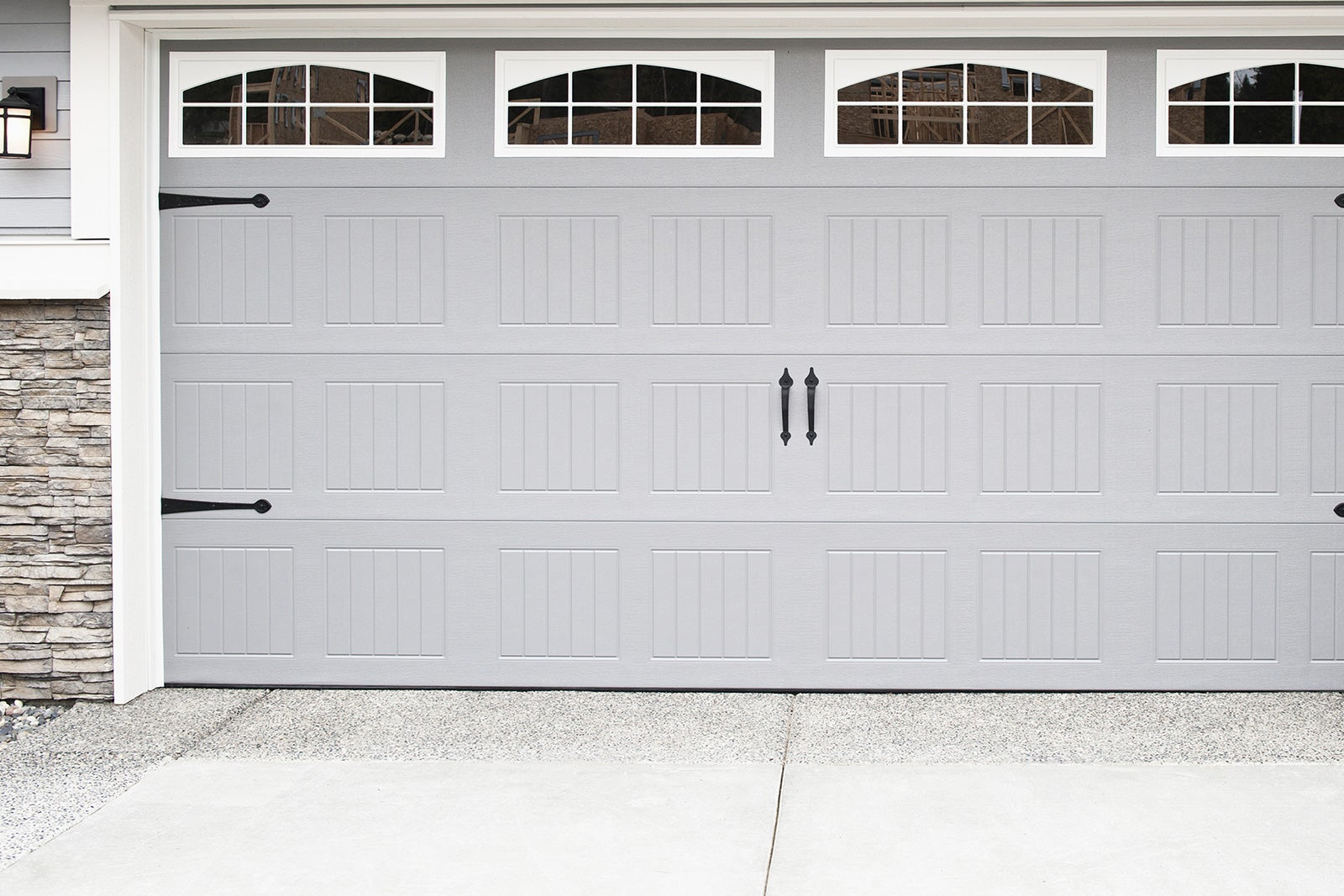You probably have a home tool kit all stocked up for do-it-yourself, emergency or repairs. Regardless, do you have the right home repair products in addition to the right tools?
When you’re tackling a DIY project, or waiting for a technician to arrive, here are some useful products to have on hand:
1. Super Glue
Super Glue, in tiny 3-gram tubes, packs a lot of D.I.Y. household power. Super Glue is best used to form strong bonds on clean breaks of non-porous material such as plastic, rubber, and metal. The product dries in seconds once it is exposed to air, so use it quickly and take care to apply it only where a bond is needed. You might use super glue to bind cracked ceramic dishes back together, seal cracked plastic household items, repair wooden furniture, or even to temporarily plug a small leak in a pipe.
Tip: It is a good idea to cover your work area in foil before using Super Glue and to use it in a well-ventilated area.

2. Duct Tape
Duct tape, a particularly strong type of waterproof tape, comes in many different brands, colors, and even patterns today. Most types have a cloth or pressure-sensitive backing that contributes to its strength. Duct tape is easy to apply and has many household uses, including binding and sealing. While duct tape can be removed, it may leave a sticky residue and may damage paint so use it with care. Duct tape is a great temporary fix for holes, cracks, or tears in a variety of materials, from household furniture to tarps or even upholstery. It can also be used to make a waterproof seal around windows or doors in bad weather.
3. WD-40
WD-40 is a multi-use, petroleum-based product that comes in handy for many D.I.Y. jobs. WD-40 stands for Water Displacement, 40th formula, a name given by the chemist, Norman Larson, who developed the product to prevent corrosion. WD-40 has many uses and functions:
- Lubrication to help moving parts
- Penetration to loosen bonds and free stuck metal parts
- Protection to increase corrosion resistance
- Removal of dirt, grime, grease, adhesives, and other substances
- Moisture displacement to dry out electrical systems (helps eliminate moisture-induced short circuits), metal, rubber, wood, and plastic
- Stain removal
WD-40 can be applied to metal, rubber, wood, and plastic. It also can be used on painted metal surfaces without harming the paint. Avoid using WD-40 on polycarbonate and clear polystyrene plastic.

4. Wood Glue
Wood glue, as the name implies, is used to adhere wooden objects or materials. For example, if you have a woodworking project, you might use wood glue to fill gaps or joints before nailing or securing. Or, you can use wood glue to fix a broken or chipped piece of wood furniture. When this adhesive is mixed with wood dust, wood glue can also be used as a filler for wood materials. There are many different types, brands, and strengths of wood glue, so choose one or two that best suit your needs to keep on hand.
5. CLR
CLR stands for calcium, lime and rust remover and is a powerful cleaning product that can be used on many household surfaces, including:
- Bathtubs
- Toilets
- Sinks
- Glass
- Chrome
- Fiberglass
- Stainless steel
- Most coffee makers
- Humidifiers
- Dishwashers
- Washing machines
- Shower-heads
- RVs
- Boats
CLR does not contain phosphates, is septic-safe, and is part of the EPA’s Safer Choice Program. CLR recommends spot testing in an inconspicuous area first, before beginning to clean with the product.




